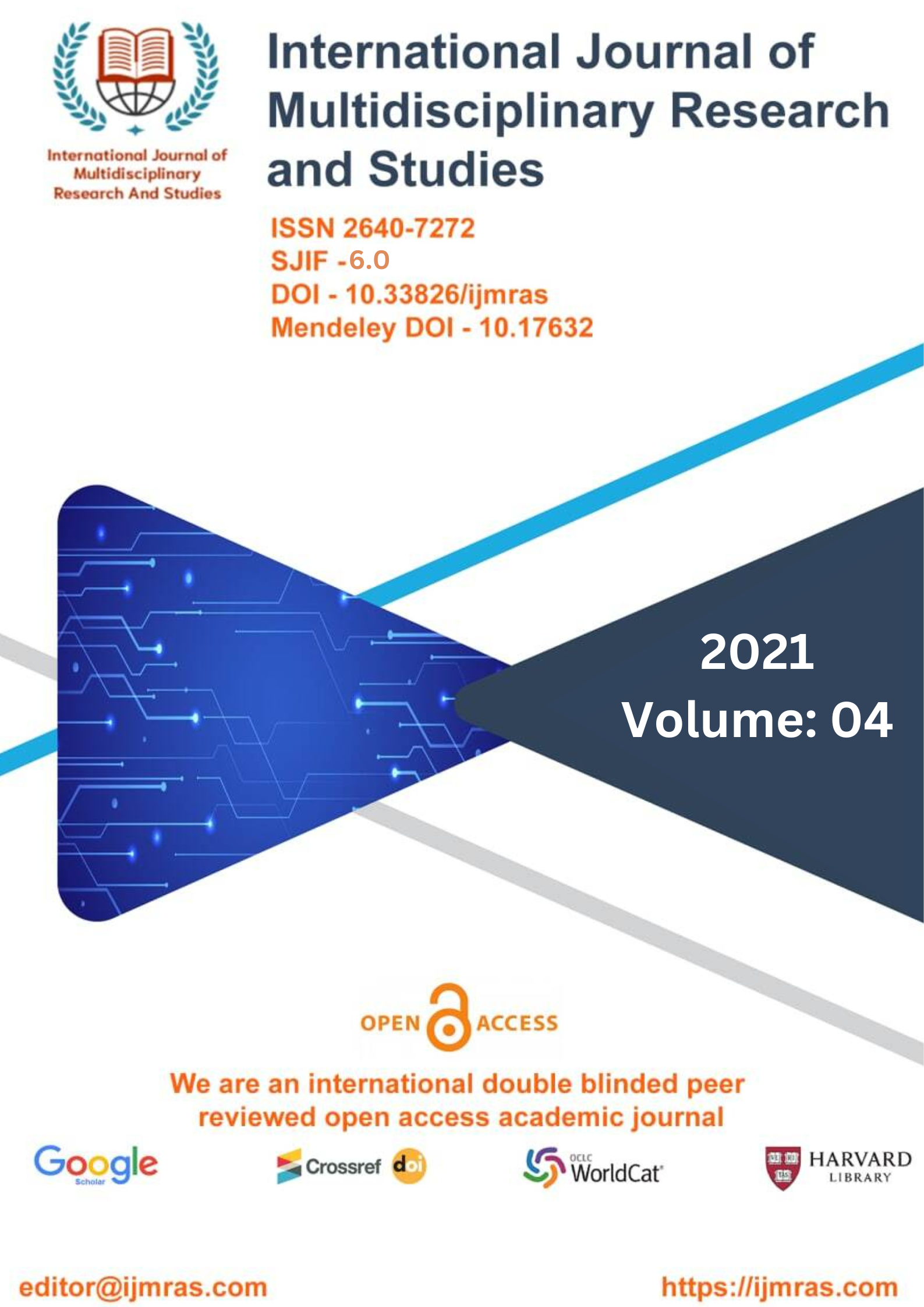A STUDY OF THE IMPLICATIONS OF THE GENERATION GAP FOR SOCIAL CHANGE

Abstract
Generations difference have been noted by Furlong (2016), where he emphasised that this generation difference become more apparent when youth transits into adulthood. As per Furlong some of this gap is natural and others are done by deliberate one and can be seen clearly in gathering as in the market, the clubs, the coffee shops and the activity centre. The sociological theory of a generation gap first came to light in the 1960s, when the younger generation, now known as the baby boomers, shown to have a large gap with their parents‟ values and views in life, Govitvatana (2001). Since then, many studies have shown that physical isolation usually combines the mental isolation between the generations, i.e. usually you would find little interaction or even barriers of interaction across the ages. This isolation used to be clear if the differences in ages of about one decade or more, but today, even if the age difference is less than three years, we would notice this physical isolation. Actually, now the barriers are becoming so difficult that rarely you would see that this chain could be broken. Synthesis of the generational gap literature review shows there are different types of perceptions about the extent of the gap. One type of research sees that the gap between the generations is too deep. Other, type of research sees that there is no big gap between the generations today and what is experienced is only part of the norms of any other cycle of generation. The other literature shows there are selective gaps between the generations. Hence, we can see there is research that is pessimistic about the generational gap, and other research that is optimistic about the generational gap. Certain studies show that generational gap is the cause of identity crisis and the faded role of the common ties that were influenced by the religion, or the school, or the community. Buheji (2018b), Mannheim (1952).
Keywords
generation, studiesHow to Cite
References
Adelson, J. What generation gap? New York Times Magazine, 1970, Jan. 18 (Section ~10-4_5.
Aldous, J., & Hill, R. Social cohesion, lineage type, and intergenerational transmission. Social Forces, 1965, 4J, 471-482.
Benedict, R. Continuities and discontinuities in cultural conditioning. Psychiatry, 1938, J2, 244-2_56. Bengston, V. L. The generation gap: A review and typology of social-psychological perspectives. Youth and Society, 1970, 2, 7-J2.
Bengtson, V. L., & Black, K. D. Intergenerational relations and continuities in socialization. In P.
Chicago: Rand McNally, 1969Coleman, J. The adolescent subculture and academic achievement. American Journal of Sociology, 1960, 65' 337-J~-7.
E. & Adelson, J. The adolescent experience. New York: John Wiley, 1966. Eisenstadt, S. N. From generation to generation.
Glencoe: The Free Press, 1965. Flacks, R. Youth and social change. Chicago: Markham, 1971. Friedenberg, E.
Current patterns of a generational conflict. Journal of Social Issues, 1969, 25(2), 21-J8. (a) Friedenberg,
Keniston, K. Young radicals. New York: Harcourt, Brace & World, 1968. Laufer, R., & Light, D. The origins and future of university protest. In D. Light (Ed.), The dynamics of university protest. Chicago: Nelson Hall, 1974. Lerner, R. M.,
Pendorf, J. and Emery, A. Attitudes of • adolescents and adults toward contemporary issues. Psychological Reports, 1971, 28, 139-145.
Lerner, R. M., Schroeder, C., Rewitzer, M., and Weinstock, A. Attitudes of high school students and their parents toward contemporary issues.
Manheim, K. The problem of generations. In Essays on the sociology of knowledge. London: Routledge and Kegan Paul, 1952. (Orig. published 1923.) Mead,
Parsons, T., & Bales, R. F. interaction process. 1955. Family socialization and New York: The Free Press, Parsons, S. T., & Platt, A. M. Higher education and changing socialization. In M. W. Riley (Ed.), Aging and society: ~ sociology of age stratification. Vol. 3. New York: Russell Sage Foundation, 1972.
Riley, M. W., Johnson, M., & Foner, A. Aging and society: a sociology of age stratification. Vol. 3. New York: Russell Sage Foundation, 1972.
T. M. Lane. International Journal of Psychology, 1975, 10 2, 101-117. Tzeng, O. C. S. & Osgood, C. E. Validity tests for componential analysis of conceptual domains: a cross-cultural study in methodology. Behavioral Sciences, 1976, 21(2).
Underwood, B. J. Experimental Ps~chology. Appleton-Century-Crofts, 19 6. New York: Walsh, R. International transmission of sexual standards. Chapter presented at the meeting of the American Sociological Association, Washington, D.C., September 1970.
Punamaki, R.L.,M.Wallenius, H. Holtto C.H. Nygardand A. Rimpela, 2009. The associations between Information and Communication Technology (ICT) and peer and parent relations in early adolescence. Intl. J. Behav. Develop., 33: 556-564.
Yusefi, R. andM. Rezaeerad, 2010. A comparisonbetween level of Mazandaran Islamic Azad University professors' and students' ICDL skills. J. Inf. Commun. Technol. Edu. Sci., 1: 67-78.
License
Copyright (c) 2021 Ramprit Kumar Keshri

This work is licensed under a Creative Commons Attribution 4.0 International License.
Individual articles are published Open Access under the Creative Commons Licence: CC-BY 4.0.



